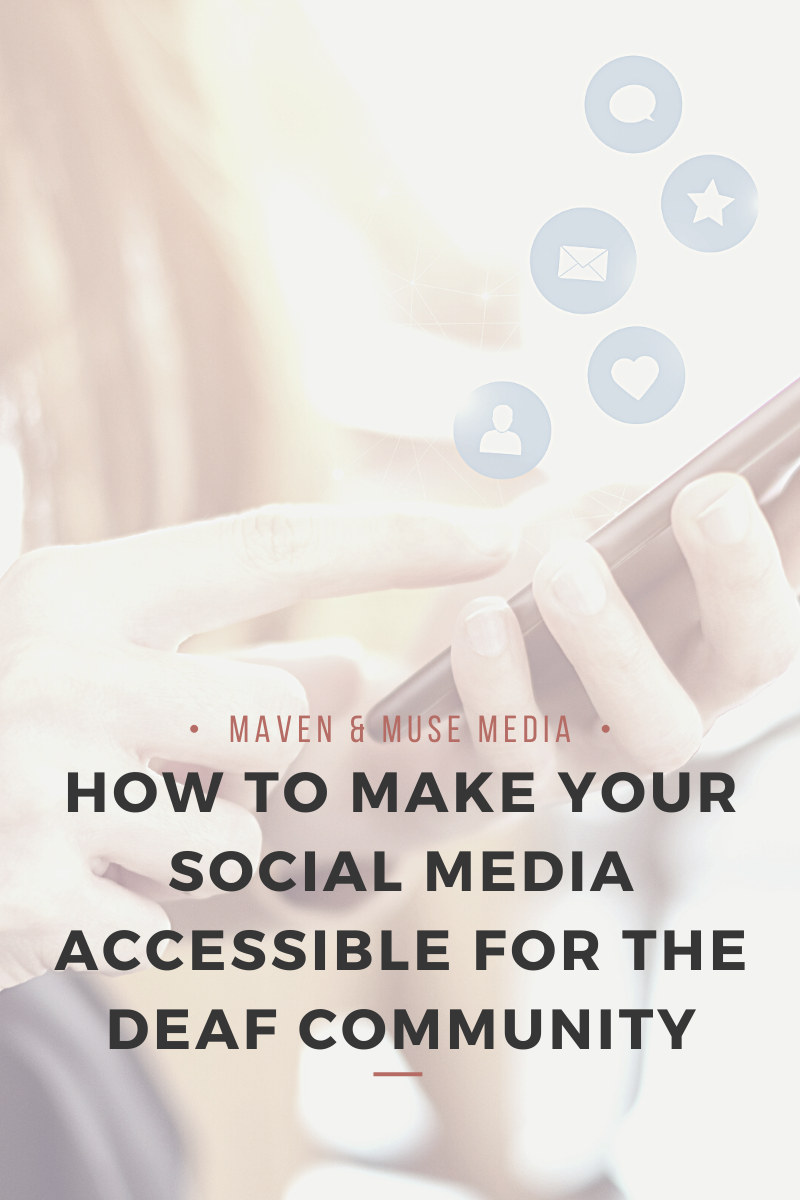As a small business owner, you're always looking for new ways to attract customers and grow your business. With the rise of social media, it's essential to understand what a social media campaign is and how it can help you land new business and make more money.
At Maven and Muse Media, we specialize in social media management services. We know that a well-planned and executed social media campaign can make all the difference for small businesses. In this article, we'll explore a social media campaign's types, key components, steps to create one, measuring its effectiveness, case studies, challenges, and risks.
Definition of a Social Media Campaign
A social media campaign is a coordinated marketing effort to achieve specific business goals through social media platforms. It's a strategic approach to leverage your online presence and reach your target audience on various social media channels.
Types of Social Media Campaigns
Social media campaigns can have different objectives: awareness, engagement, acquisition, conversion, and advocacy. An awareness campaign aims to increase brand recognition and reach, while an engagement campaign targets interaction and conversation with your followers. An acquisition campaign seeks to attract new customers or subscribers, and a conversion campaign focuses on sales or lead generation. Finally, an advocacy campaign aims to mobilize your audience to promote your brand or cause.
Key Components of a Successful Social Media Campaign
A triumphant social media campaign relies on a variety of essential factors. These critical components encompass:
Clear Objectives and Goals:
Establishing well-defined objectives and goals is crucial for measuring the success of any social media campaign. This helps in designing a strategic plan and evaluating its performance.
2. Target Audience Identification:
Knowing your target audience is vital in crafting content that resonates with them. Understanding their demographics, preferences, and behaviors will enable you to tailor your campaign to their needs and interests.
3. Platform Selection:
Selecting appropriate social media platforms is essential to reach your target audience effectively. Each platform has its unique user base, engagement patterns, and content formats, making it crucial to choose the right platforms for your campaign.
4. Content Strategy:
A well-thought-out content strategy is key to engaging your audience and achieving your campaign goals. This includes planning the type of content, formats, themes, and messaging that will be used throughout the campaign.
Visual and Creative Elements:
Incorporating compelling visuals and creative elements can significantly enhance the appeal of your campaign. High-quality images, graphics, videos, and other multimedia can engage and captivate your audience, increasing the likelihood of achieving your objectives.
2. Scheduling and Consistency:
Maintaining a consistent posting schedule is essential for keeping your audience engaged and building a strong online presence. Utilizing social media management tools and creating a content calendar can help ensure regular posting and optimal engagement.
3. Monitoring and Analytics:
Monitoring your campaign's performance and analyzing the data allows you to make data-driven decisions and optimize your strategy. This includes tracking key performance indicators (KPIs), engagement metrics, and other relevant data to evaluate the success of your campaign and make adjustments as needed.
By focusing on these key components, you can create and execute a successful social media campaign that achieves your objectives and effectively engages your target audience.
Challenges and Risks in Social Media Campaigns
Social media campaigns can pose several challenges and risks for small business owners. Maintaining authenticity and transparency, protecting user privacy and data security, navigating platform algorithms and policies, and balancing promotional content with value-added content are among the most significant risks and challenges.
Be sure to familiarize yourself with common social courtesy and platform rules before ever taking your business onto social media.
Contact Maven and Muse Media for Help Developing a Social Media Campaign
A well-planned and executed social media campaign can significantly impact brand growth and business success for small businesses. At Maven and Muse Media, we provide social media management services that help our clients achieve their social media goals and grow their businesses.
Contact us today to get started!















